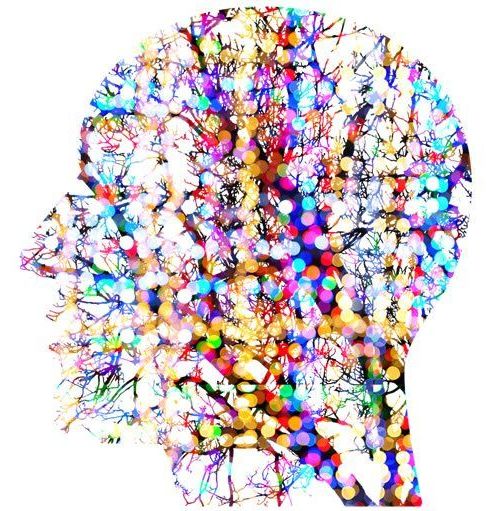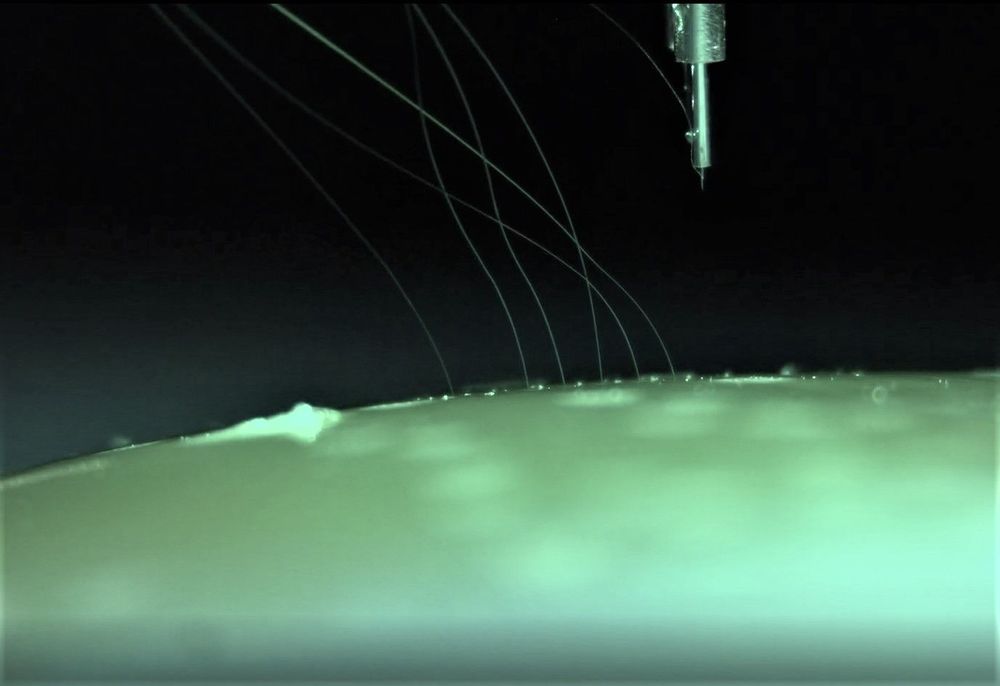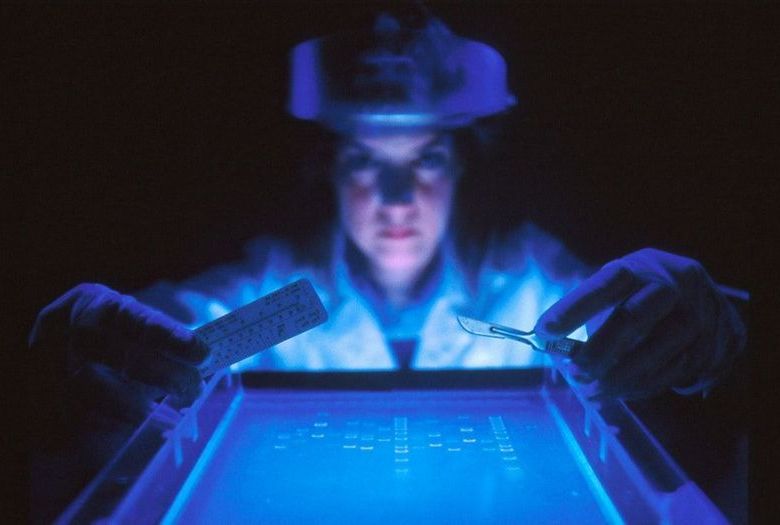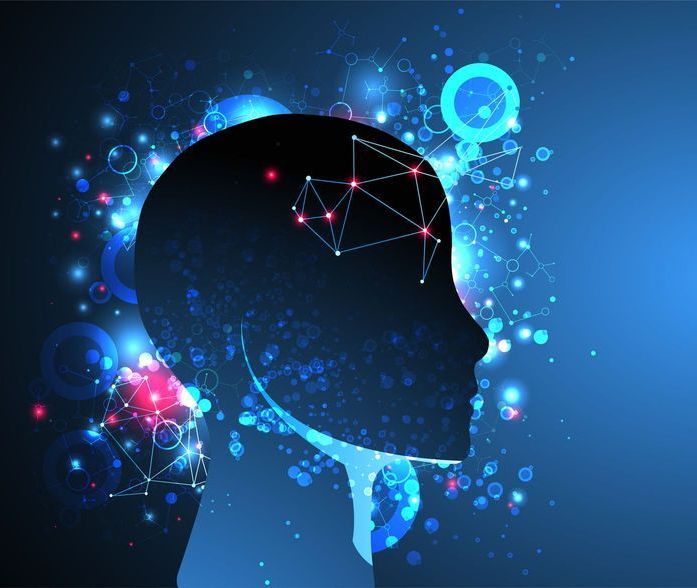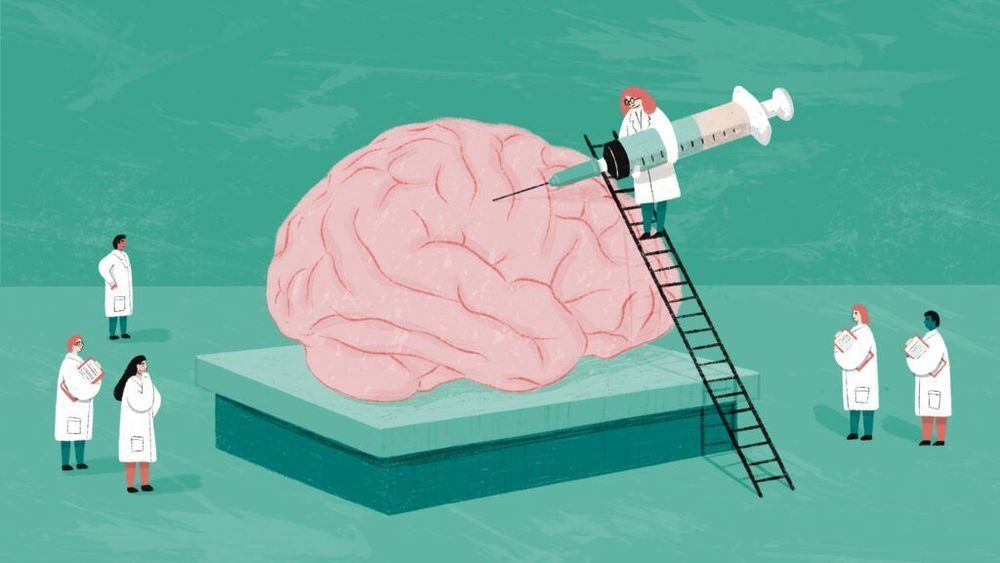How we adapt to aging late in life may be genetically influenced, according to a study led by a psychologist at the University of California, Riverside.
The research, published in Aging Cell, has implications for how epigenetic factors relate to aging. Epigenesis is a process in which chemicals attached to DNA control its activity. Epigenetic changes, which can be passed on to offspring, may be critical to accelerated aging as well as declines in cognitive and physical functioning that often accompany aging. Epigenetic modifications resulting in altered gene expression may occur due to a number of biological processes, including one the researchers focused on: DNA methylation.
In DNA methylation, methyl groups are added to the DNA molecule. DNA has four different types of nucleotides: A, T, G, and C. DNA methylation occurs at the C bases of eukaryotic DNA. Changes in DNA methylation correlate strongly with aging.

